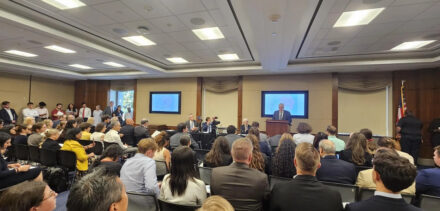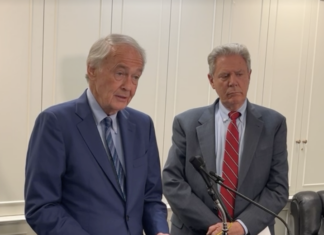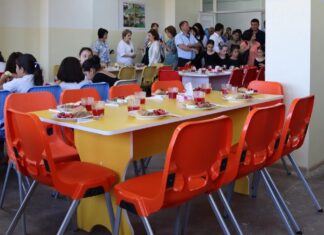The division in the ranks of the Armenian Democratic Liberal Party (ADL) still continues, despite the efforts made by the ADL Reform and Unity Movement. The Reform and Unity Movement convened two consultative meetings in Yerevan in October 2015 and April 2016 at which ADL representatives from all regions of the world were present. In light of profound developments in Armenian life and motivated by imperative and immediate needs, they decided to cooperate with various factions of the ADL. Unfortunately, another convocation was convened in Yerevan in May 2016 which continued to pursue the unhappy policy of political party division.
Meanwhile, following the April 2016 Reform and Unity Movement conference, the French-Armenian newspaper Nor Haratch printed an interview conducted by Jirair Tcholakian with American ADL leader Hagop Vartivarian, who is also chairman of the Press Committee of the ADL District Committee of the US and Canada, on May 21. The same interview appeared on June 11 in the Istanbul Armenian newspaper Jamanak, with introductory comments by the editor of the latter paper, Ara Kochunyan.
The interview is published below in translation. It contains, in addition to information on the ADL division, reflections on important contemporary issues concerning Armenia and the diaspora.
From April 19 to 21, the ADL Reform and Unity Movement held its second conference in Yerevan. A communiqué was published on this occasion which announced that the negotiations between representatives of the Reform and Unity Movement and the leaders of the previous ADL Central Executive did not yield results. Could you express concisely why there is this issue? What is it in historical developments which has taken an irreconcilable course?
To be honest, over the last 25 years, or, in other words, since the independence of the third Republic of Armenia, the ADL has not been able to regain its balance. It took decades, under the political conditions of the diaspora, for us to be able to establish amicable cooperation with the state authorities of Soviet Armenia despite the well-known obstacles of the Cold War. The rapid collapse of the Soviet order surprised not only our Armenian political and philanthropic institutions which were close to the homeland, but even the population living in Armenia.
Despite these conditions, the ADL established its structures in Armenia and turned into the second largest political force in the National Assembly. Unfortunately, the political authorities of the time in Armenia played a negative role concerning the traditional Armenian political parties, and as a result, we remained distant for a long time from the true political arena of Armenia. We were unable to rally our structures and rank and file under a single flag with the necessary force and instructions because the internal disciplinary structure of the ADL is more liberal and democratic. Slowly, the relations we cultivated for years with likeminded collaborating organizations fell apart, and, as a consequence, unfortunately an internal crisis began to take form. Even after eight consecutive representative assemblies, it remains unsolved.







